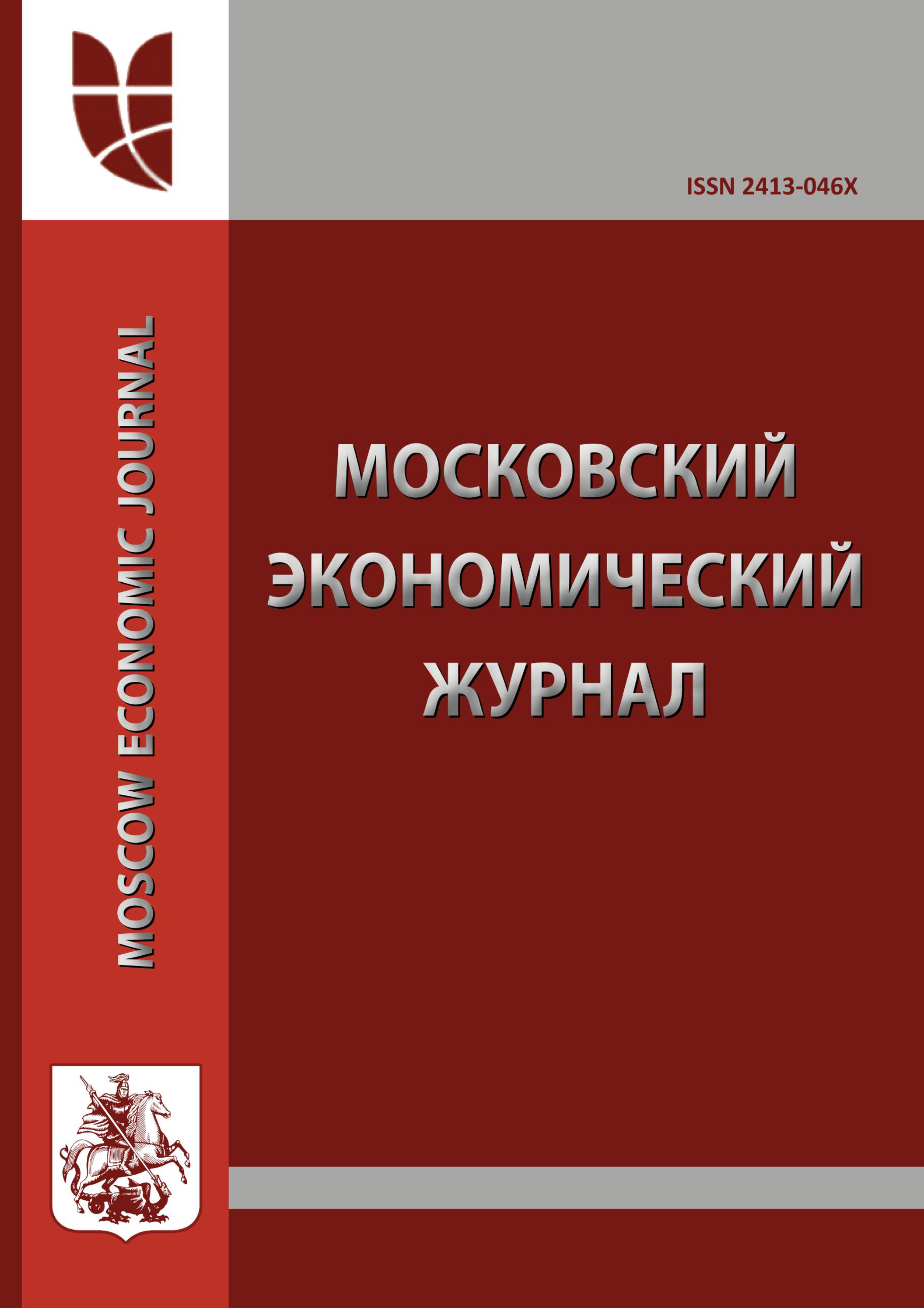Russian Federation
Russian Federation
Russian Federation
The article presents data on the productivity of purebred and hybrid young animals. The researches were carried out in the period from 2015, according to the results of the control cultivation of 2,077 animals, in 2016 - 4764 heads of purebred and hybrid young. The following parameters were taken into account: the age of reaching a live weight of 100 kg, the thickness of the fat at two points (above 6-7 thoracic vertebrae, at the level of 10-11 ribs), the depth of the muscle, the yield of lean meat. The results show a decrease in the thickness of the bacon in hybrids in 2016 in terms of the thickness of the bacon over 6-7 thoracic vertebrae and at the level of 10-11 ribs compared to 2015. In the two-breed hybrids of the LHC, the decrease was 0.95 mm in terms of the thickness of the bacon over 6-7 thoracic vertebrae, according to the three-breed hybrids: (KBxL) xC in 2015 and (LxKB) xC in 2016 - 4.3 mm at the withers, 3, 91 mm on the side; (KBхL) хP in 2015 and (KBхL) хP in 2016 - 3,05 mm at the level of 10-11 ribs. Graphs of distribution of the indicator of the thickness of bacon reflect the general tendency of the presence in the population of animals with a low index of the thickness of the bacon, which is characterized by the asymmetry of the distribution curve. According to actually measured indicators, the prospect of selection of animals by a lifetime assessment of the fat thickness is high enough and will yield good results. The curves of the distribution of the depth of muscle index reflect a significant number of animals with high values, which makes it possible to consider it as one of the indirect selection indicators for increasing the yield of meat.
fattening and meat qualities, control cultivation, purebred gilt, two-breed and three-breed hybrids, meat yield, carcass categories
1. Tret'yakova O.L., Kostin M.Yu. Analiz otkormochnyh i myasnyh kachestv chistoporodnogo molodnyaka sviney // V sbornike: Aktual'nye napravleniya innovacionnogo razvitiya zhivotnovodstva i sovremennye tehnologii proizvodstva produktov pitaniya. 2016. S. 100-104.
2. Tret'yakova O.L., Kostin M.Yu., Sirota I.V. Ocenka variantov skreschivaniya dlya polucheniya tovarnyh gibridov // V sbornike: Sovremennye problemy i nauchnoe obespechenie innovacionnogo razvitiya svinovodstva. 2016. S. 130-134.
3. Zabolotnaya A.A., Sbrodov S.S., Cherkasov S.I. Otkormochnye i myasnye kachestva sviney raznyh porodnyh sochetaniy. № 3. 2012. S. 12-14.
4. Kolosov A.Yu., Tret'yakova O.L., Getmanceva L.V. Perspektivy ispol'zovaniya informacionnyh tehnologiy dlya uskoreniya geneticheskogo progressa v plemennom zhivotnovodstve // Voprosy normativno-pravovogo regulirovaniya v veterinarii. № 3. 2014. S. 78-81.
5. Mihaylov N.V., Svinarev I.Yu., Goncharov A.Yu. Myasnye kachestva trehporodnyh gibridov // Zhivotnovodstvo Rossii. № 3. 2011. S. 25-26.
6. Petrov G.A., Grikshas S.A., Funikov G.A., Kazakova E.V. Uboynye i myasnye kachestva sviney otechestvennoy i zapadnoy selekciy // Agrarnaya nauka. № 5. 2009. S. 26-27.











